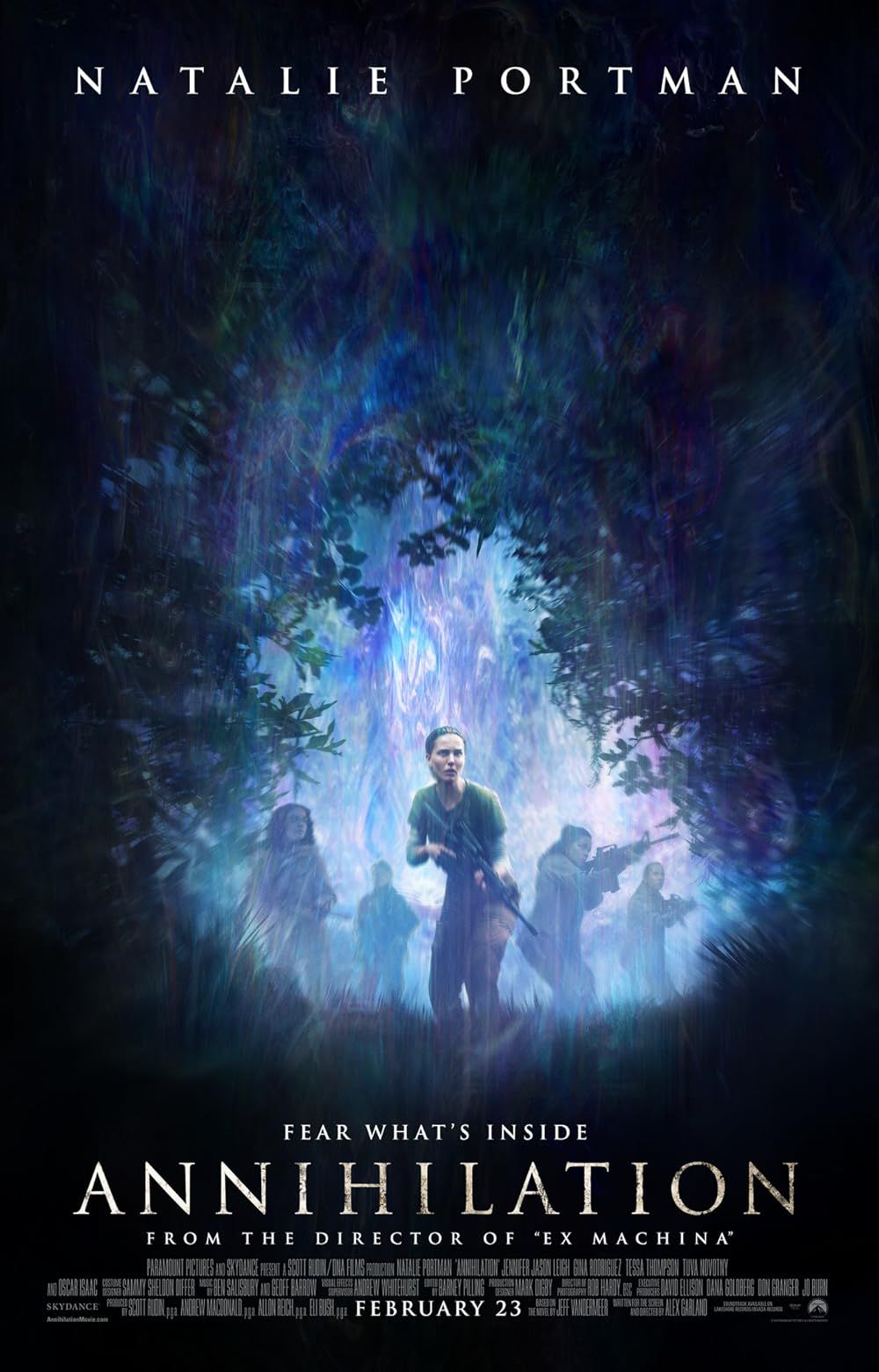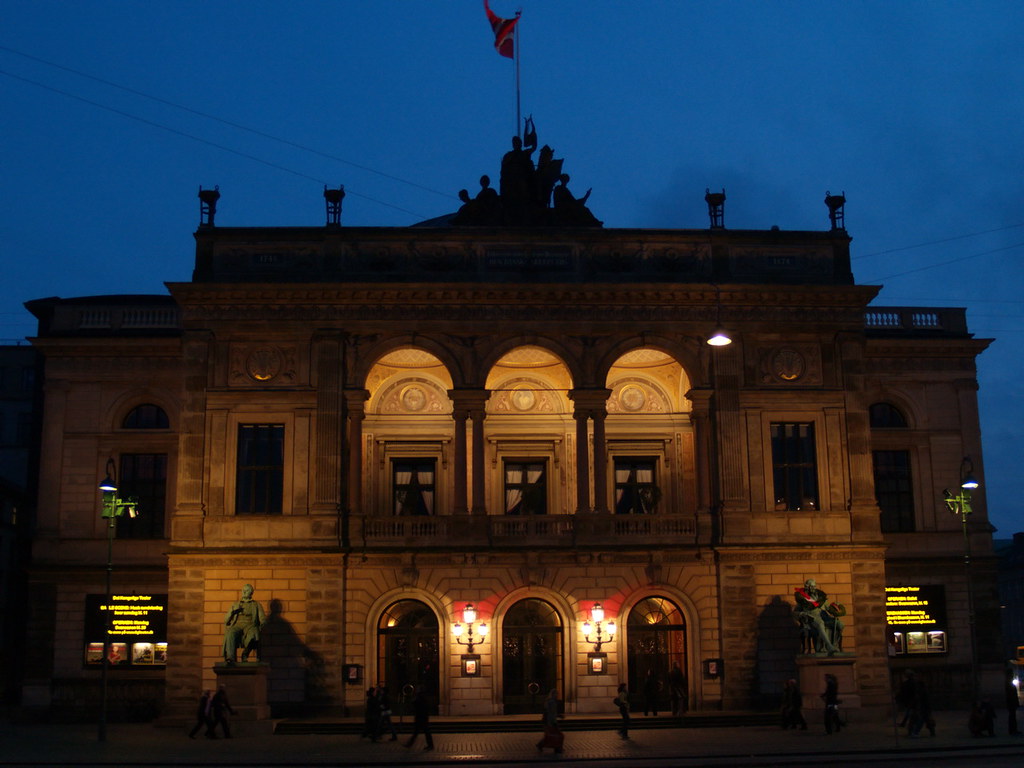
The collective hush before the curtain rises, the shared gasp at a pivotal plot twist, and the eager anticipation for what’s next – these are the hallmarks of a compelling performance. Yet, nestled within this immersive experience lies a fascinating, often overlooked, and increasingly rare phenomenon: the intermission. Once a ubiquitous and vital component of live theater and even early cinema, this seemingly simple pause played a far more complex role than merely offering a chance to stretch your legs, affecting everything from narrative pacing to a venue’s bottom line.
Think about it: when was the last time a mainstream movie in a multiplex invited you to take a 15-minute break halfway through? While intermissions persist in live performances like plays and operas, their near-disappearance from the silver screen marks a significant shift in how we consume stories. This evolution reflects not only profound technological advancements that made continuous projection possible but also changes in audience expectations, pressing economic pressures on venues, and even the very philosophy of storytelling itself.
In this deep dive, inspired by the curious, fact-focused spirit of Mental Floss, we’re going to pull back the curtain on the intermission. We’ll explore its rich history, unravel its practical and psychological purposes, and celebrate some of the fascinating traditions and forms it has taken across diverse cultures and eras. Join us as we journey through the forgotten world of theatrical pauses and cinematic breathers, discovering why these “breaks” were, and in some cases still are, so much more than just a moment to step away.
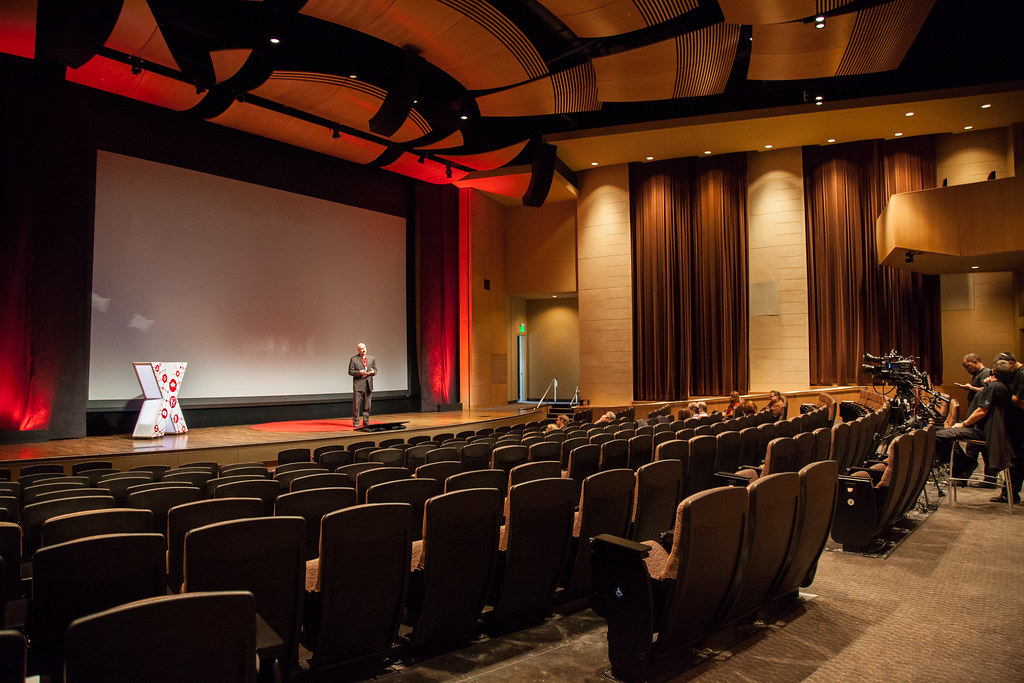
1. **What Exactly *Is* an Intermission? The Core Concept**At its most fundamental, an intermission is a break between parts of a performance or production. This can be for a theatrical play, opera, concert, or film screening, offering a recess for both audience and performers. In British and Indian English, it’s often referred to interchangeably as an “interval,” meaning the exact same thing. It’s distinct from an “entr’acte,” which in the 18th century was an unrelated sung, danced, spoken, or musical performance between acts, though in modern opera and musical theater, an entr’acte can be an orchestral performance spanning an intermission and leading into the next act without a break.
Beyond a mere functional pause, intermissions are multifaceted elements within a dramatic structure. As Jean-François Marmontel observed in 1763, “The interval is a rest for the spectators; not for the action.” He further clarified that “The characters are deemed to continue acting during the interval from one act to another.” This perspective highlights that intermissions are more than just dramatic pauses; they are integral to the shape of a dramatic structure, allowing for both the audience’s mental reset and the ongoing, unseen progression of the story that continues off-stage. They aren’t just empty time but a subtle continuation of the narrative.
Psychologically, intermissions provide a critical period where audiences can momentarily pause their “suspension of disbelief” and gently return to reality. This allows them to engage critical faculties they’ve suspended during the performance, processing the narrative so far and eagerly anticipating what’s to come. For the audience, it’s a much-welcomed chance to stretch, visit the restroom, purchase refreshments, or engage in lively discussions about the show’s themes. For the cast and crew of live performances, it’s a vital opportunity to rest, make crucial costume changes, and meticulously reset the stage for the next captivating act, ensuring the production maintains its high quality.
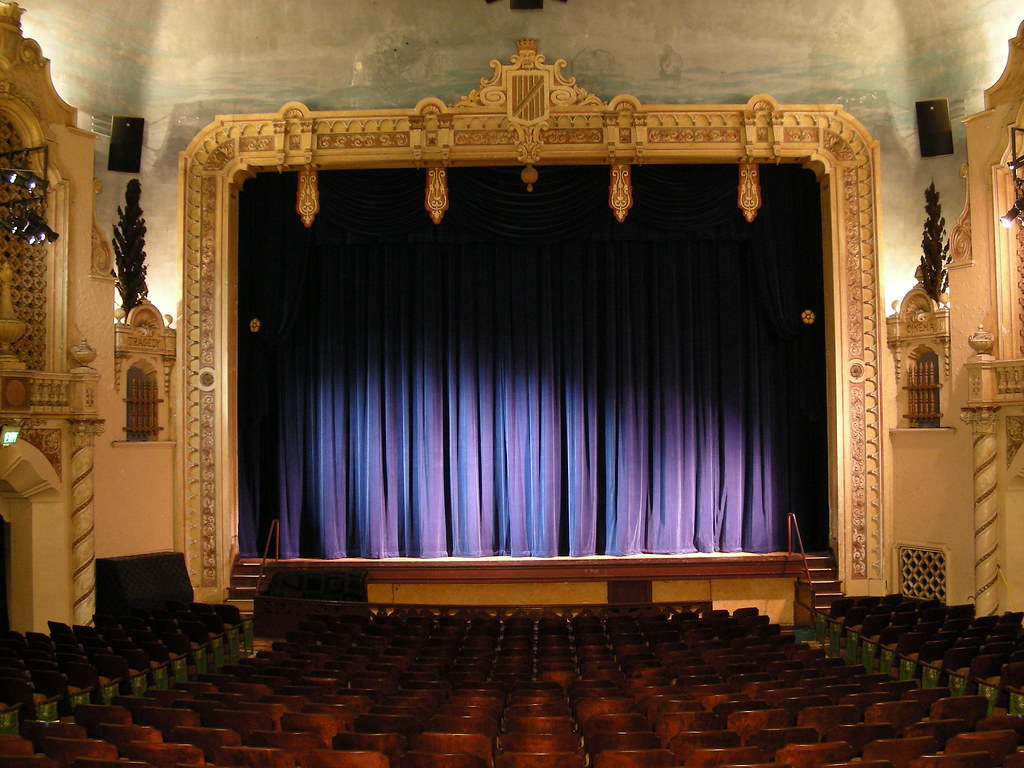
2. **Ancient Roots: Greece and Rome’s Proto-Intermissions**While the formal, structured intermission as we understand it today primarily formalized in European theater during the 17th and 18th centuries, the underlying concept of a break within a performance boasts roots stretching back centuries. In classical Greek theater, performances were held during the day in expansive open-air amphitheaters. Although they didn’t feature a designated modern intermission, the plays were inherently structured with natural transitions between sections, known as “episodes” and “stasimons,” which effectively functioned as brief, organic pauses in the dramatic action.
These ancient Greek intervals served a dual purpose, addressing both artistic and functional necessities. They allowed for essential practicalities such as efficient set changes, swift costume alterations, and crucial moments for the audience to reflect on the play’s profound themes and intricate plot. This early form of dramatic pause ensured the smooth flow of the narrative while simultaneously accommodating the technical demands of the production. The audience, even without a formal “intermission” announcement, experienced these natural lulls, which undoubtedly aided their sustained engagement and comprehension.
Roman theater took this concept of structured breaks even further, often incorporating quite elaborate interludes that featured separate entertainments distinct from the main performance. During these intermissions, audiences might enjoy lively musical performances, amusing comedic sketches, or eloquent recitations, creating a “variety show” within the larger dramatic framework. These interludes not only offered a welcome pause in the main event but also significantly added variety and richness to the overall theatrical experience. Such historical practices vividly demonstrate that the idea of enhancing the audience’s enjoyment and providing diverse entertainment during scheduled breaks is a deeply embedded and cherished tradition.
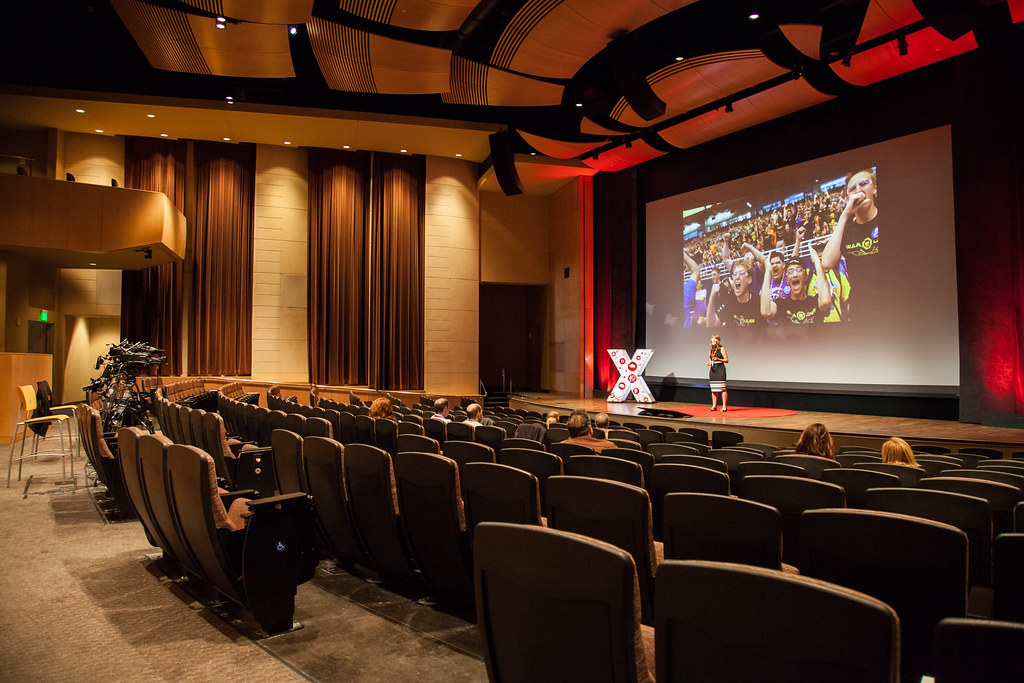
3. **Shakespeare’s Stage: The Era Without Formal Breaks**Step into the bustling, vibrant world of Elizabethan theater, and you’d find a stark difference from our modern expectations: the plays of William Shakespeare were originally conceived and performed continuously, entirely without designated intermissions. Instead of a formal break, the structure of the five acts often included natural pauses or transitions that, while not announced as intermissions, functioned similarly. Audiences in Shakespeare’s time enjoyed a more fluid experience, perhaps entering or leaving freely, and it was common for vendors to roam through the crowds, selling food and drink throughout the entirety of the show.
This historical context means that for contemporary productions of Shakespeare’s enduring works, the placement of an intermission becomes a significant creative decision, a matter for the play’s director to judiciously determine. Peter Holland, in his 1997 analysis of intermission placement, highlighted that some plays present “as natural a break as anyone could wish for.” A prime example he cites is “The Winter’s Tale,” where the moment just before the speech of Time as Chorus is almost universally chosen for an intermission, a pause that feels organically woven into the narrative’s fabric.
However, directors sometimes make more unconventional choices, even placing intermissions in the middle of a scene to achieve a specific dramatic impact. Trevor Nunn’s 1991 RSC production of “Measure for Measure” is given as a striking example; it stopped halfway through Act 3 Scene 1. Conversely, Holland observed that performances of “King Lear” often place the intermission “disproportionately late,” specifically after the harrowing blinding of Gloucester, which can heighten the audience’s emotional distress. Many modern productions, honoring the original intent, now consciously eschew the introduction of an intermission altogether, choosing instead to perform Shakespeare’s plays straight through, maintaining continuous narrative momentum.
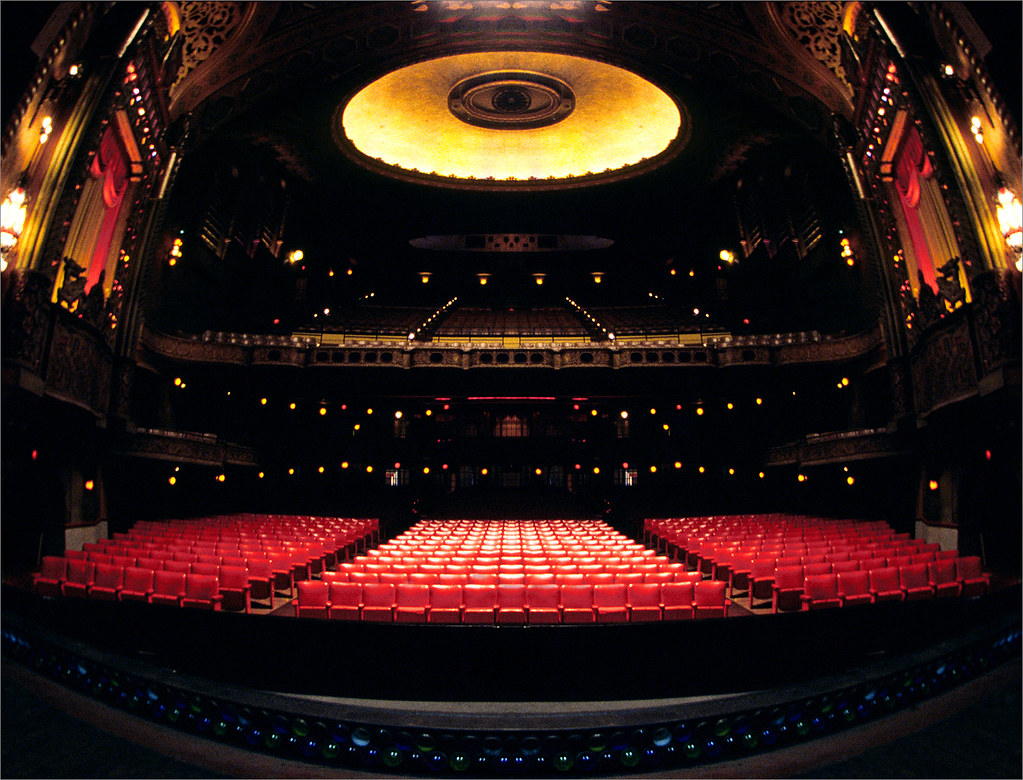
4. **The Rise of Formal Intermissions: 17th & 18th Century Europe**The formal idea of a planned intermission truly took root and became widely popular in the 17th and 18th centuries, particularly during the European Restoration period. This era witnessed a significant shift in theatrical production, with the rise of longer and considerably more complex plays that delved into intricate narratives and sophisticated character development. Such extended durations naturally necessitated the introduction of structured breaks. Theater managers, recognizing the need to accommodate both the stamina of their performers and the concentration limits of their audience members, began to regularly insert official intermissions into their performances.
The evolution of theater during these centuries was profoundly marked by playwrights delving into more complex narratives and deeper character development, moving away from simpler forms. As a direct consequence, the overall duration of shows increased significantly, extending beyond what audiences could comfortably absorb without a pause. This increased length made intermissions a practical and much-needed necessity, providing a welcome respite in performances that could otherwise become quite demanding for both the artists on stage and the patrons in the seats. It was a pragmatic solution to a burgeoning artistic form.
Since its formalization, the concept of an intermission has become an undeniable and fundamental aspect of live performances across the Western world. It offers a structured pause during which viewers can thoughtfully reflect on the narrative explored in the first half, engage in lively social conversation with fellow theatergoers, and eagerly anticipate the continuation of the story. This period also provides invaluable time for the theater’s technical crew to manage complex logistics, from intricate costume changes to elaborate set adjustments, cementing the intermission’s role as an indispensable, multifaceted component of the modern theatrical experience.
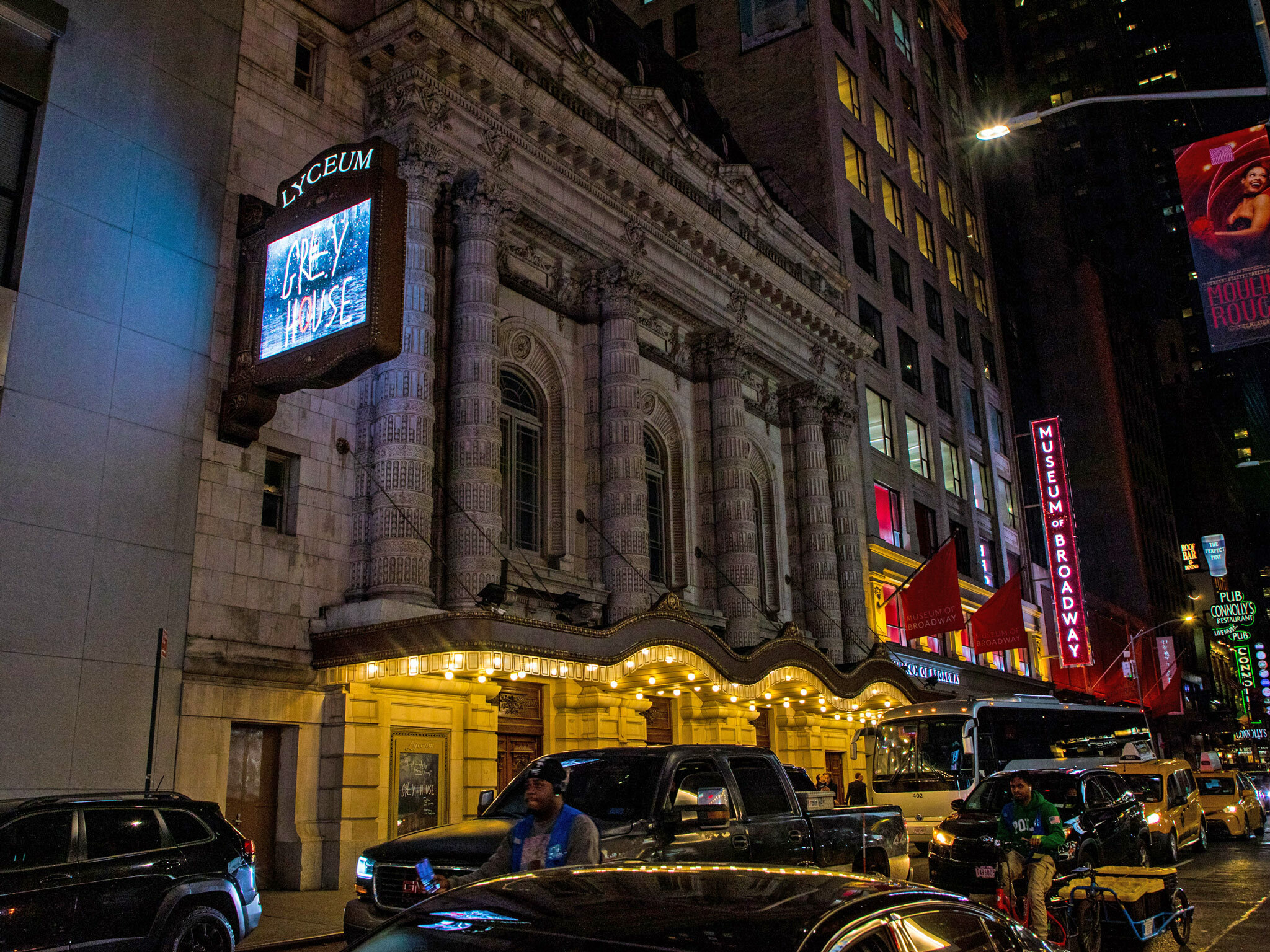
5. **”Broadway Bladder” and the Economic Imperative**Intermissions, it turns out, don’t just serve artistic or historical purposes; they exist for many mundane, yet utterly crucial, reasons. It’s simply challenging for human audience members to maintain intense concentration for more than two hours at a stretch, a biological reality humorously, yet accurately, encapsulated by the term “Broadway Bladder,” which names “the alleged need of a Broadway audience to urinate every 75 minutes.” This very real human need, coupled with other practical considerations, often governs the strategic placement, and indeed the very existence, of intermissions, even within performances that weren’t originally conceived with them in mind.
The economic benefits derived from intermissions are strikingly clear and have become a cornerstone of venue sustainability. Performance venues strategically leverage these breaks as prime opportunities to sell food and drink, which can be a hugely significant source of supplementary revenue. A well-timed intermission, especially when complemented by a wide and appealing array of pleasures available at concession stands, can substantially boost sales, directly and positively contributing to the venue’s overall financial health and operational viability. Furthermore, sophisticated management platforms can even provide real-time analytics on sales during intermissions, enabling venues to dynamically adapt their offerings and pricing strategies to maximize potential profit.
Beyond direct sales, intermissions serve as valuable, often overlooked, opportunities for venues to subtly promote upcoming events or sell branded merchandise, effectively generating future streams of income through a form of subtle, in-house advertisement. In some instances, corporate sponsors and savvy advertisers will leverage this captive audience moment to engage with patrons through various forms of in-house advertising, such as engaging digital screens or discreet live announcements. For the performers, the intermission is a much-needed respite, a vital opportunity to rest, make crucial and sometimes rapid costume changes, or mentally and physically prepare for the next demanding act, directly impacting the quality and energy of their subsequent performance.
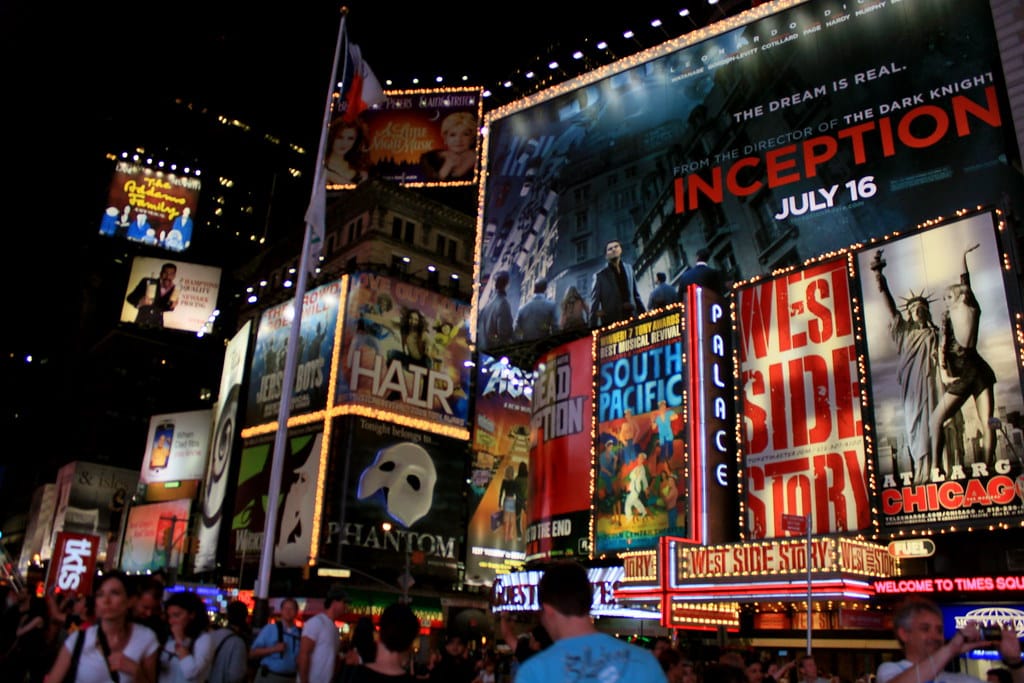
6. **Kabuki and Noh: The Art of the Extended Pause**In the vibrant, highly stylized, and profoundly traditional world of Japanese Kabuki theater, intermissions are not merely brief functional pauses but can be significantly extended affairs, sometimes lasting an astonishing duration of up to an hour. This unique and generous length accounts for a distinct theatrical practice: Kabuki playwrights often thoughtfully incorporate “filler” scenes at the beginning of subsequent acts. These scenes, which contain characters and dialogue not critically important to the overall progression of the main story, are specifically designed to accommodate audience members who, after enjoying the extended break, might return to their seats several minutes after the performance has technically resumed.
The considerable length of these intermissions in Kabuki reflects a fundamentally different cultural approach to the theatrical experience, one that views it as a longer, more encompassing social and artistic event where the pause itself is an integrated and cherished part of the outing. This extended break allows the audience ample time for extensive socializing, enjoying meals or refreshments, and deeply reflecting on the intricate drama, elaborate staging, and profound themes they are witnessing. It transforms the intermission from a purely functional stop into a central component of the overall communal and cultural engagement, enhancing the entire day out at the theater.
Similarly, within the ancient and deeply revered Noh theatrical tradition, specific interludes known as “nakairi” (中入り) are meticulously staged between the first and second halves of a performance. During these nakairi, highly skilled “kyōgen” actors perform what are called “aikyōgen” (間狂言). These are often humorous, explanatory, or supplementary interludes that either sum up the preceding plot points, further the action through narration or dialogue, or provide additional context. Crucially, these interludes not only enhance the narrative by offering clarity or comic relief but also provide the main Noh actors a vital opportunity to change their elaborate costumes and rest, ensuring the continuity and high quality of their demanding, precise performances.
While the theatrical stage nurtured the intermission for centuries, its journey into the flickering world of cinema tells a fascinating, if sometimes bittersweet, story of adaptation, necessity, and eventual decline. From silent reels demanding pauses to digital projections eliminating them entirely, the intermission in film mirrors the rapid evolution of technology and audience habits.
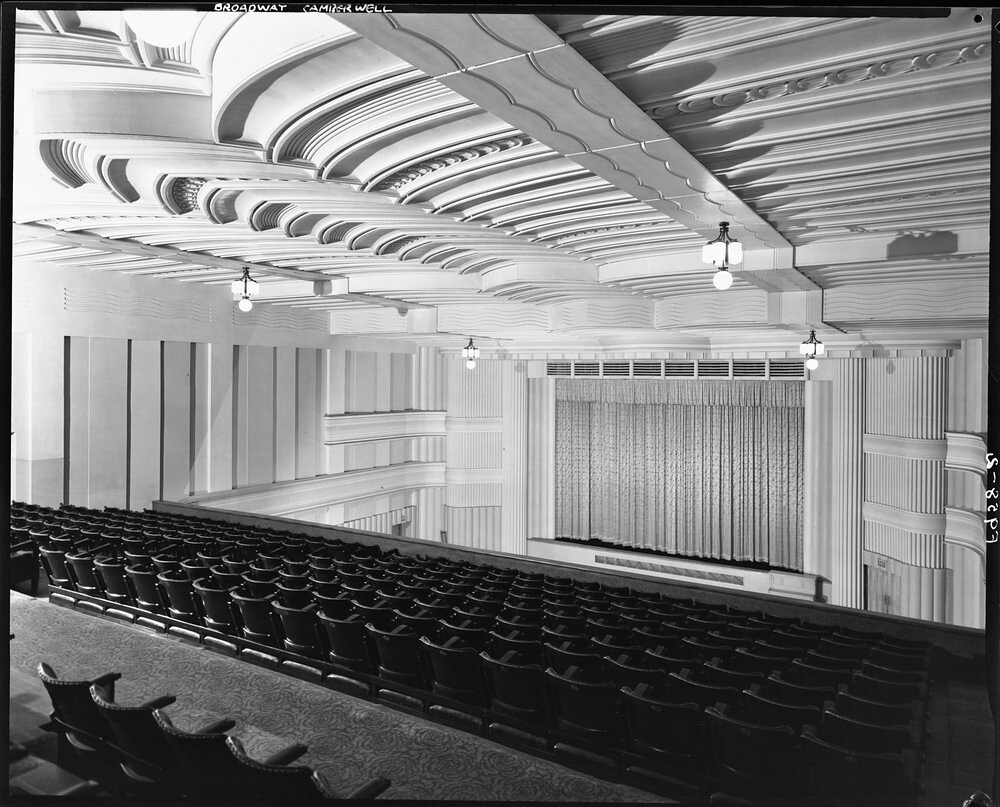
7. **The Silver Screen’s First Pauses: Early Cinema’s Practical Intermissions**When motion pictures first began to captivate audiences in the early 20th century, intermissions weren’t a creative choice but a sheer necessity, woven into the very fabric of cinematic technology. Early films were stored on bulky reels, and for any feature of significant length, multiple reels were required. This meant that midway through a screening, projectionists literally had to pause the film to switch out one reel for the next, a process that inherently created a break.
Consider the 1912 film, *Les Amours de la reine Élisabeth*, starring the legendary Sarah Bernhardt. Though it only ran for 53 minutes, its four reels dictated four separate acts, each punctuated by an intermission at every reel change. These were the film world’s earliest intervals, born not of artistic intent but of the simple, undeniable mechanics of early projection.
As cinema evolved and movies grew progressively longer, the intermission found new justifications beyond just reel changes. It became a strategic tool for theater management, offering audiences a much-needed breather from the developing story. Crucially, it provided a golden opportunity to entice patrons to the profitable concession stand. That well-known 1957 animated musical snipe, beckoning viewers to “let’s all go to the lobby to get ourselves a treat,” perfectly encapsulates this commercial imperative, solidifying the intermission’s role as a revenue driver.
Even during the brief 3D film craze of the early 1950s, intermissions remained a staple. While many theaters could typically avoid an intermission by seamlessly shifting between two projectors for standard films, 3D presentations demanded both projectors simultaneously – one for each stereoscopic image. This technical requirement meant that a pause was indispensable for changing reels on both machines, cementing the intermission’s practical purpose during this niche cinematic period.

8. **Hollywood’s Fade Out: The Decline of the Cinematic Intermission**Despite its historical significance and practical benefits, the built-in intermission has largely been phased out of mainstream Hollywood films. Its disappearance is a casualty of several converging factors, primarily the relentless demand to pack in more screenings per day at multiplexes and the astonishing advancements in projector technology. With digital projection, the very concept of physical film reels has become obsolete, eliminating the primary technical need for a break.
The intermission, once a charming staple of epic roadshow films like *Lawrence of Arabia*, *Doctor Zhivago*, *Spartacus*, *The Sound of Music*, *Gone with the Wind*, and *My Fair Lady*, is now largely considered a relic of the past. These classics all featured their own distinctive intermission cards, inviting audiences to stretch, grab snacks, and chat. Intriguingly, *Gandhi* (1980), directed by Richard Attenborough, is widely recognized as the last Hollywood studio film to include a built-in intermission in every screening worldwide, marking a historical turning point in this cinematic tradition.
For decades, the intermission was increasingly seen not as an enhancement, but as an obstacle for studios and distributors. It was perceived as hindering their ability to maximize profits by reducing the number of daily screenings. This purely economic perspective played a significant role in its eventual abandonment, stifling what could have been a valuable element of the cinema-going experience.
However, there’s a fascinating twist in this narrative. Movies are undeniably getting longer, with the average runtime for Hollywood films reaching 126 minutes in 2018, the longest average in over two decades. Audiences are increasingly treating a trip to the movies as an “event,” willing to commit to longer features. This trend suggests a potential, albeit fleeting, resurgence for the intermission, as seen with *The Brutalist* (2024), which began with an overture and a fifteen-minute intermission, effectively splitting a three-and-a-half-hour film into more manageable portions.
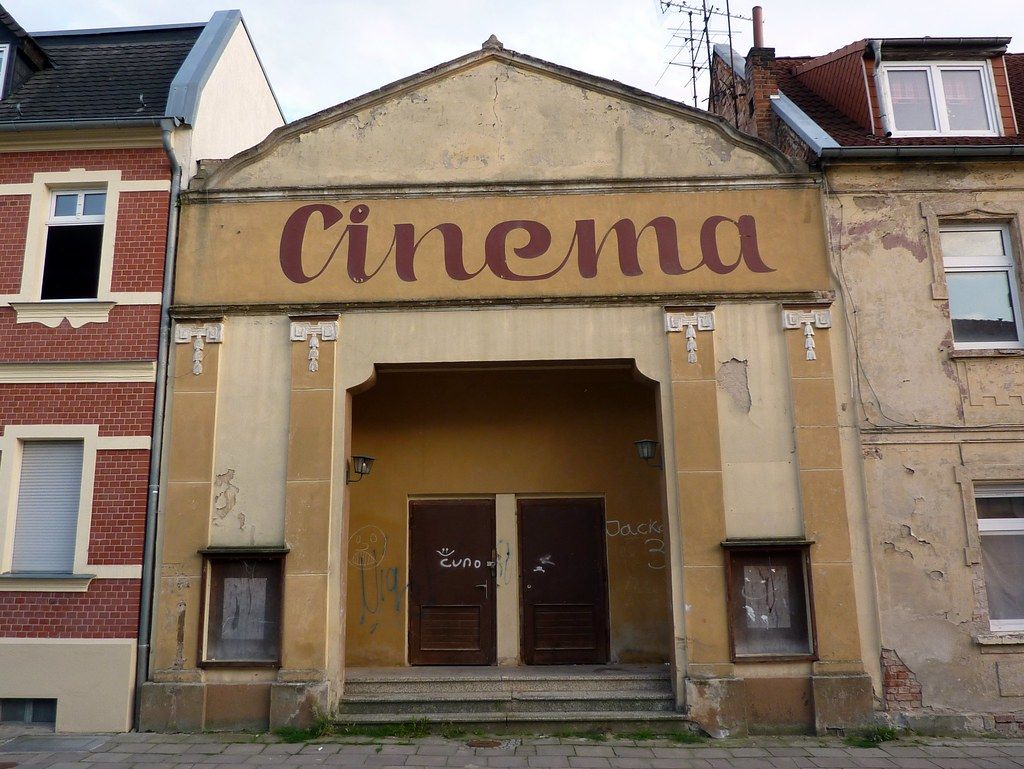
9. **India’s Enduring Interlude: A Cultural and Commercial Staple**While Hollywood largely bid farewell to the intermission, its narrative takes a decidedly different turn when we look to India. In Indian cinema, intermissions have remained steadfastly prevalent, a cultural and commercial cornerstone that audiences and exhibitors alike are reluctant to abandon. The reason is wonderfully pragmatic: intermissions are a colossal source of revenue for cinemas, with customers flocking to buy snacks during these periods.
This commitment to the intermission is so profound that even during screenings of Western films in India, “forced intermissions” are common, inserted independently by distributors solely to boost food and beverage sales. This sometimes haphazard insertion, however, can jar the viewing experience, highlighting the tension between commercial interest and artistic integrity when an intermission isn’t organically part of a film’s design.
Many iconic Indian films have embraced the intermission, sometimes even more than once. *Sangam* and *Mera Naam Joker*, for instance, famously featured two intermissions each. While a few Indian films have dared to screen without them, such as *Dhobi Ghat*, *Delhi Belly*, *That Girl In Yellow Boots*, and *Trapped*, these are notable exceptions rather than the rule, underscoring the deep-seated expectation for a break.
This cultural phenomenon extends beyond India’s borders; Indian films shown in cinemas in the United Kingdom commonly include intermissions. Yet, surprisingly, the very same films play from start to finish without any pauses when screened in the United States and Canada. The prevalence of this practice is so ingrained that many Indian films released on DVD even include the “intermission” card, preserving the cinematic viewing experience for home audiences.
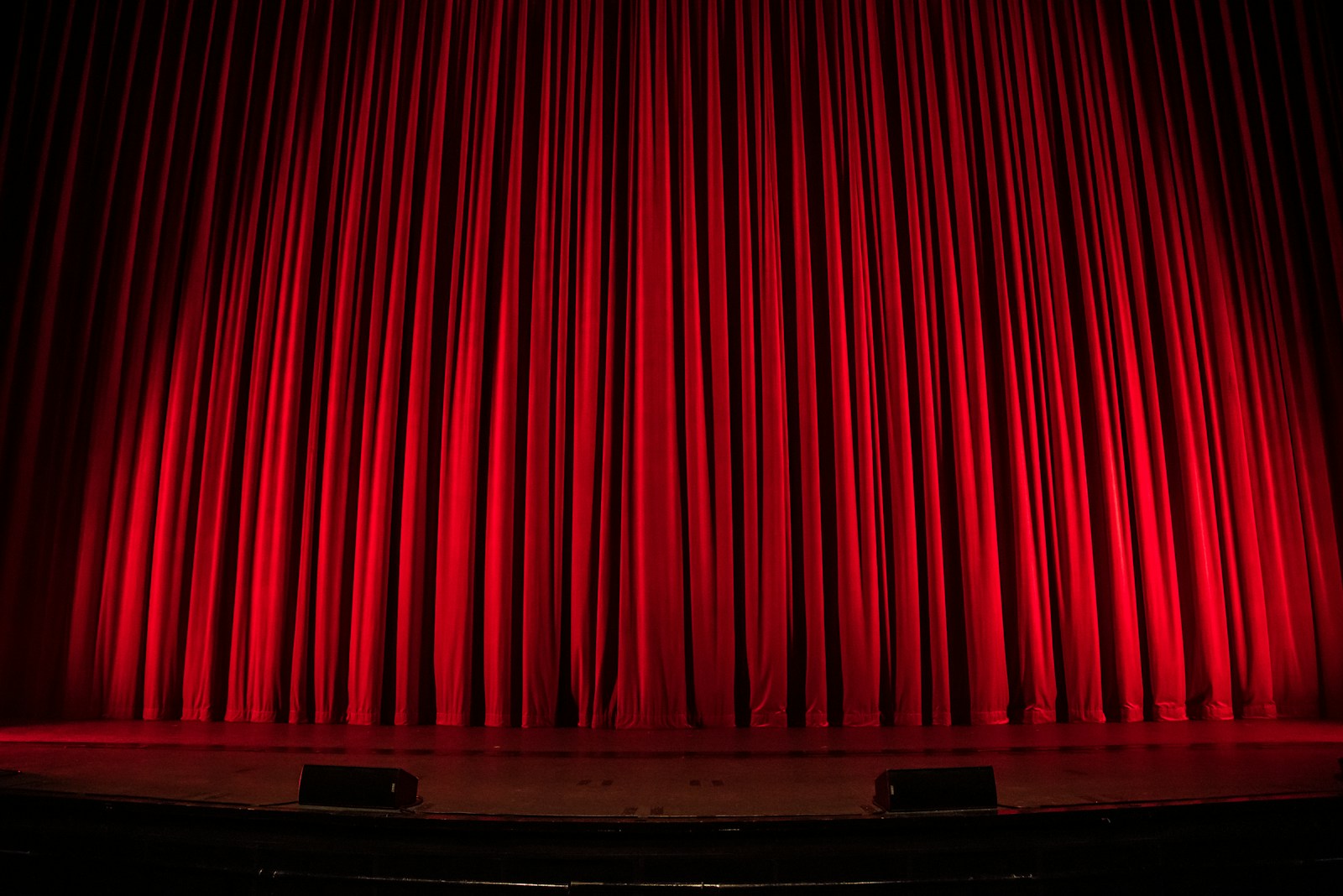
10. **Beyond the Break: Intermissions as Narrative Art**The intermission, far from being a mere functional pause, holds its own as a powerful narrative device, capable of profoundly influencing an audience’s engagement and interpretation. Playwrights and directors strategically deploy these breaks to structure their stories with dramatic precision, often placing a gripping cliffhanger, an intense emotional turning point, or a pivotal plot twist right before the curtain falls or the lights come up.
This deliberate placement allows audiences a crucial moment to absorb the narrative, process the emotional weight of the preceding scenes, and engage in lively discussions with fellow theatergoers. This shared speculation and debate during the pause not only amplifies the communal experience but also heightens anticipation and excitement for what is to come, deepening their investment in the unfolding story. It’s a breath, a reset, that makes the return to the narrative even more impactful.
The intermission, even when not overtly a distinct narrative element, serves as a psychological and emotional boundary. It’s a moment for viewers to digest and anticipate, allowing their critical faculties to re-engage before suspending disbelief once more. This pause can subtly shift the narrative’s pacing and tension, allowing the story to resonate more deeply and ensuring the audience’s sustained involvement.
Of course, this narrative power is a double-edged sword, necessitating a delicate balance. Extending the intermission too long, perhaps in pursuit of higher concession sales, risks disrupting the flow of the performance and diminishing the audience’s emotional engagement. Conversely, shorter performances or those crafted for a particularly intimate setting might find an intermission disruptive rather than beneficial, underscoring that the optimal timing and offerings are always key to its success.
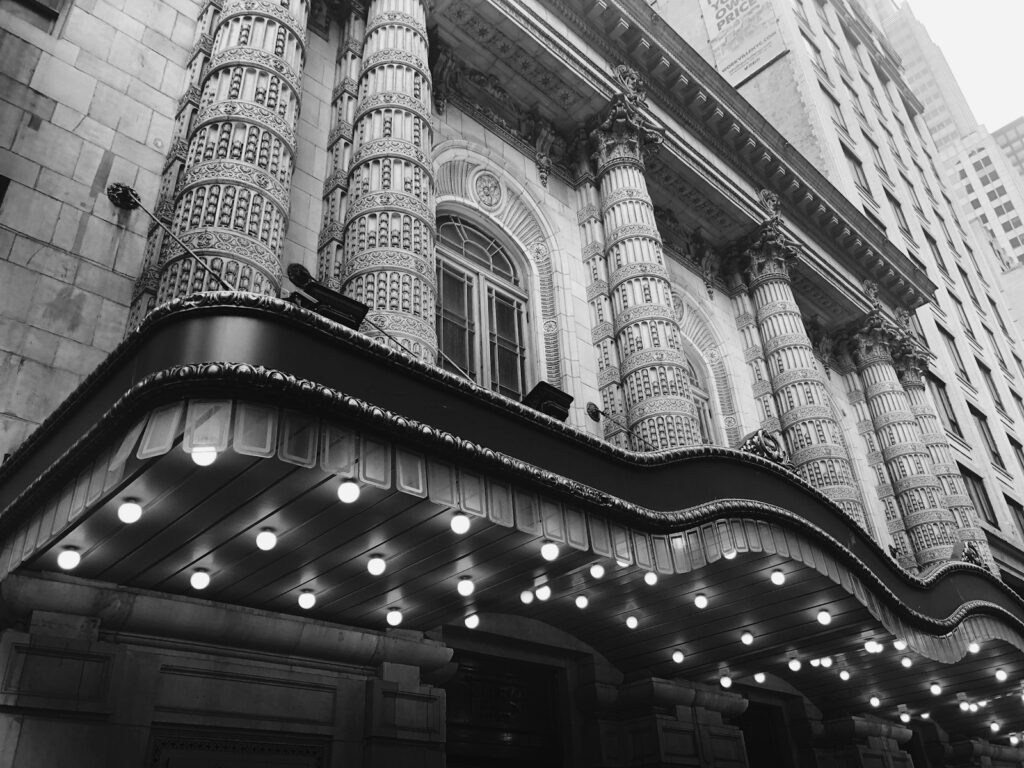
11. **The Entr’acte and the Play-Within-A-Play: Interludes as Storytelling Devices**Sometimes, a break in performance isn’t just a pause but becomes a performance in itself, enriching the main narrative with its own artistic flair. This is where the *entr’acte* shines, a French term literally meaning “between acts.” In modern opera and musical theater, an entr’acte can be an orchestral performance that spans an intermission, seamlessly leading into the next act without a hard break, creating a sonic bridge that maintains narrative momentum while unseen changes unfold.
Beyond mere music, an entr’acte can also refer to a short piece of instrumental music played as the audience returns to their seats, like the stirring entr’acte in many productions of *The Phantom of the Opera*. Historically, it was sometimes an unrelated sung, danced, or spoken performance between acts. The Spanish took this concept further with the *sainete*, a small one-act play performed during an intermission. These interludes were far from trivial; they allowed authors to create nested plays or “plays within plays” that significantly enhanced the entire event, adding layers of commentary or a detailed subplot.
This meta-theatrical technique, where a story is presented within another story, has a rich tradition. William Shakespeare, the master storyteller, notably employed play-within-a-play structures in works such as *A Midsummer Night’s Dream* and *Love’s Labour’s Lost*. *The Taming of the Shrew*, for example, is almost entirely framed as a play performed to deceive a character, Christopher Sly, into believing he is a nobleman—a device that, while often omitted in modern adaptations, showcases this theatrical ingenuity.
Further illustrating this, the musical *Kiss Me, Kate* revolves around a production of *The Taming of the Shrew*, artfully interweaving scenes from the Shakespearean original. Similarly, *Pericles* references John Gower’s 14th-century work *Confessio Amantis*, using Gower’s ghost to introduce and comment on the play to the audience. These instances vividly demonstrate how intermissions and framing devices have been creatively harnessed to add depth, provide additional context, or even deliver entirely separate narratives to the main story, a true testament to theatrical innovation.
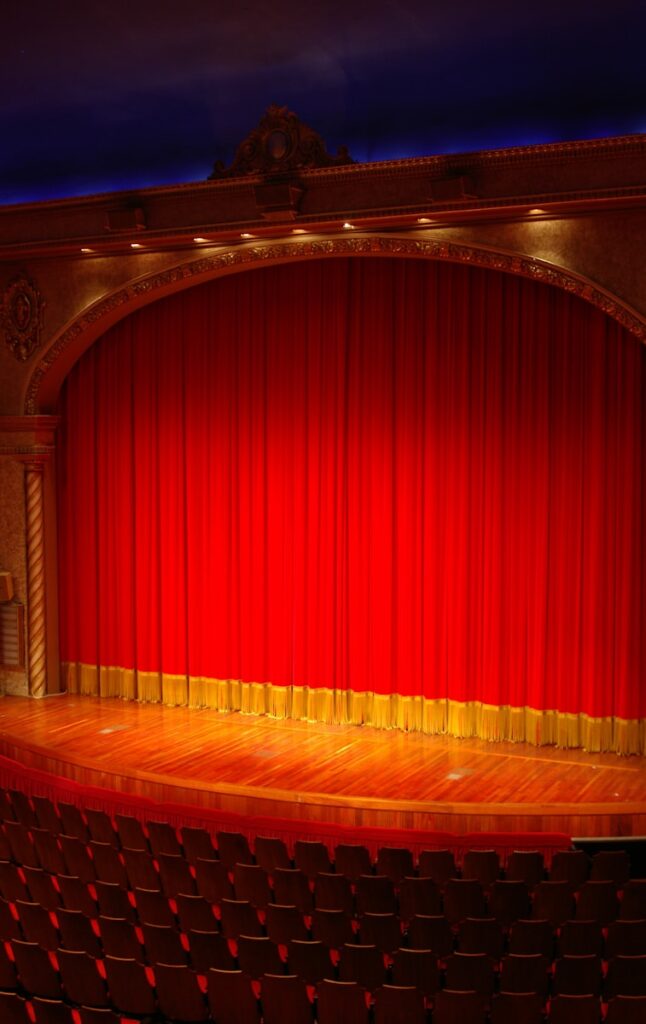
12. **Modern Adaptations: Intermissions in the Digital Age and Beyond**Even as the traditional intermission faces new challenges, its core purpose finds fascinating new forms in the modern era, adapting to technological shifts and evolving audience preferences. Beyond its function in crowd management and targeted concessions, the concept of a structured break has found renewed utility in the digital realm.
The rise of filmed theater, especially during the unprecedented times of the COVID-19 pandemic, brought intermissions into new formats. Digital broadcasts and streaming platforms began to incorporate short breaks, sometimes featuring behind-the-scenes interviews with cast and crew, insightful commentary, or program notes that deepen the viewer’s understanding.
Some streamers have even adopted countdown clocks, meticulously replicating the live theatrical experience for at-home audiences. The National Theatre’s streaming platform, for example, includes interval breaks complete with music or explanatory notes, mirroring the traditional live experience and proving that the pause remains a cherished element, even when the audience is watching from their sofa.
These modern adaptations underscore that the intermission is more than just a physical break; it’s a deeply ingrained element of storytelling and audience engagement. Whether it’s a carefully timed pause in a live opera, a commercial interval in an Indian blockbuster, or a digital countdown in a streamed play, the spirit of the intermission endures, continuously reinventing itself to suit the changing landscapes of entertainment.
So, what is the break in the middle of a performance called? Whether it’s an intermission, an interval, or a modern digital pause, it’s clear it’s far more than just a quick trip to the lobby. It’s a rich historical tradition, an economic engine, a narrative architect, and a psychological reset button, all rolled into one. As we’ve explored, its evolution spans centuries, cultures, and technologies, proving that sometimes, the most powerful moments in any storytelling experience happen just before the action resumes. Next time you encounter a break, take a moment to appreciate this unsung hero of performance. After all, “All the world’s a stage, and even the intermission is part of the show.”

